About us
The Royal Rehab Group has a history that dates back to 1899, when our founder, Susan Schardt, a remarkable and pioneering woman who was sight impaired at birth, displayed extraordinary vision for what was possible.
At the young age of 27, Susan changed the life of a man who was facing disability and homelessness by finding him accommodation and care. Royal Rehab’s legacy of excellence and unwavering commitment to improving lives is a testament to Susan’s vision and the values that drive us forward.
Today, we have grown to become a renowned provider of holistic, client-centred, high-quality care in rehabilitation, wellbeing and disability services, having helped over 80,000 Australians over our 125 years of service.

What we offer
Our services include rehabilitation hospitals, a state-of-the-art advanced technology centre, disability support services offering supported independent living accommodation, specialist accommodation services, employment services, school leaver employment support, disability support co-ordination, and family mental health support services.
We also have a luxurious resort designed for individuals with spinal cord injuries, and a registered training college.
Innovation and creative thinking are at our core, and we are proud to be recognised for our exceptional care.
Our dedicated team takes great pride in their work as they support people to achieve as much independence and quality of life as possible.
We invite you to learn more about us and our commitment to providing exceptional care and support to those we serve.
Our Purpose and Vision
Our organisation and our people are energised by a common purpose – to empower people to reach their potential – as we strive to realise our vision – for a world without limits for people with disability, injury and illness.
Working together to explore what is possible, we value each person’s individual goals and aspirations, respecting that every individual’s circumstances are unique, and that independence can take many different forms.
Our Historical Milestones
Our Strategy
Our strategic plan is driven by a powerful vision of creating a world without limits for people with disability, illness, and injury. It serves as a roadmap, inspiring our people to dream bigger and bolder.
Our strategy is grounded in four key priorities:
Open a world of possibilities
Drive rehabilitation and disability innovation that enhances people's lives.
Nurture a culture where our people and customers thrive
Be an exemplar of care and support, reshaping what customers and staff expect and experience.
Design for efficient scale
Simplify and modernise how we work so that we can welcome growth, while protecting our quality.
Drive sustainable growth
Expand wellbeing and disability services in areas of need.
Our Patrons
We are proud to have Her Excellency The Honourable Margaret Beazley AC KC, Governor of New South Wales, and Mr Dennis Wilson as Royal Rehab’s Patrons.


Our Leadership
Royal Rehab’s leadership team and Board of Directors are a group of highly talented and exceptional individuals, each bringing with them a wealth of experience and diverse perspectives.
They are passionately committed to our purpose and vision, as they work tirelessly to remain at the forefront of innovation, constantly pushing boundaries to ensure that the organisation continues to inspire and deliver the highest quality care and services possible.
